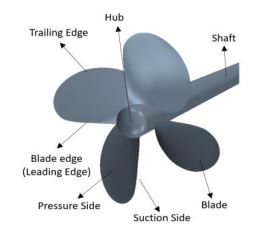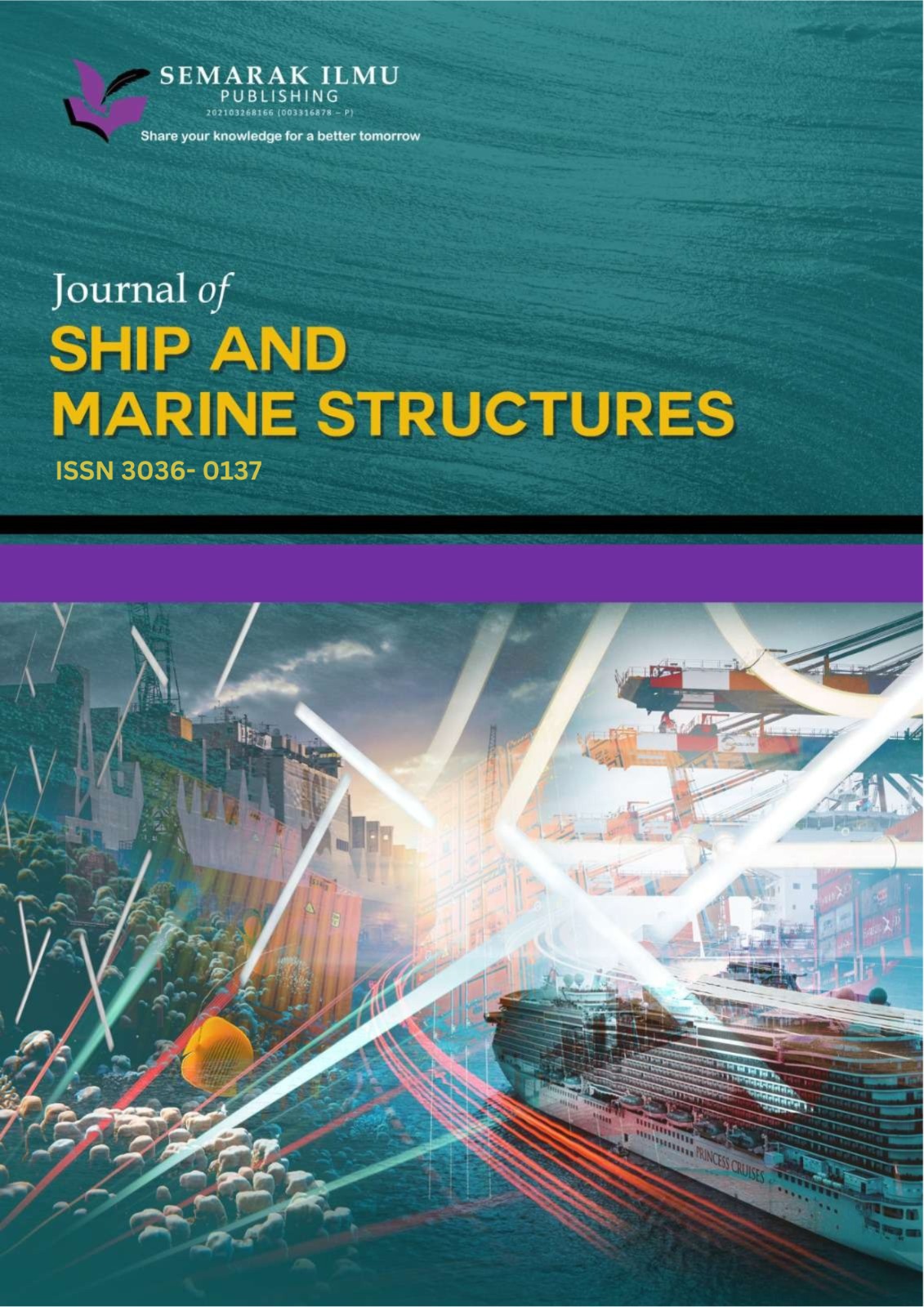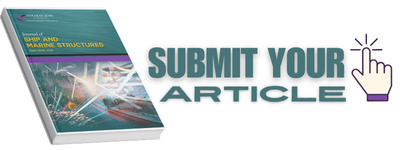Computational Prediction of a Propeller’s Performance in Open Water Condition
Keywords:
Propeller, CFD, blade number, RPM, pitch ratio, advance ratioAbstract
The marine propeller's performance is pivotal in overall ship design, ensuring efficient propulsion and desired speed. However, assessing propeller efficiency encounters limitations with empirical formulas and experiments. To accurately predict their performances during the initial design phase, a reliable investigation should be thoroughly carried out. The paper presents a computational analysis of the ship’s propeller in open water conditions; whilst the hydrodynamic characteristics underlying the findings were comprehensively elucidated in the results. Several parameters such as the effect of rotational speed (RPM), blade number (Z), and pitch ratio (P/D) on thrust coefficient (KT), torque coefficient (KQ), and efficiency (η) have been accordingly taken into account. The results showed an inverse relationship between KT and KQ with the advance ratio (J), while efficiency increased at lower J values and decreased significantly at higher J values. The propellers with RPM of 1100 and Z=3 at J=0.8, and P/D=1.2 at J=1.0 exhibited the highest efficiencies of 76%, 69%, and 86%, respectively. A blade with a higher pitch ratio had a larger green region, indicating a lower-pressure region on the pressure side. These results contribute valuable insights to enhance marine propeller design and improve vessel fuel efficiency.










